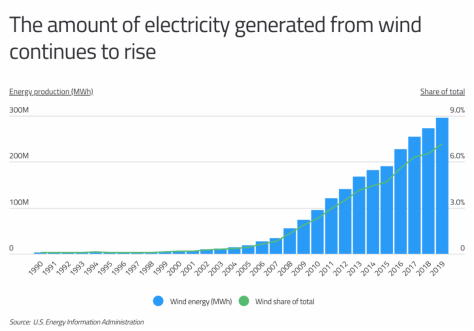With the planet’s population growing and the global market for seafood steadily increasing, natural fish production from the world’s lakes, rivers, and oceans will be insufficient to keep up with demand in the long term. To support global demand, aquaculture is a critical resource for raising seafood efficiently and sustainably.
The USDA defines aquaculture as the farming of aquatic organisms, including fish, crustaceans, mollusks, and more. The farming process includes seeding, stocking, and feeding fish, shellfish, and other aquatic products in a controlled environment. The controlled environment makes aquaculture distinct from wild caught seafood taken from a natural habitat.
Aquaculture in the U.S. represents a $1.5 billion industry annually and helps support 1.7 million jobs in the broader seafood industry, according to estimates from the National Oceanic and Atmospheric Administration. These figures place the U.S. relatively low on a global scale as an aquaculture producer—17th in total aquaculture production—but the U.S. is one of the top consumers of aquaculture imports. More than 90% of seafood in the U.S. comes from outside of the country, and around half of that total comes from farm-raised seafood.
These products in the U.S. that generate the most sales fall in the categories of food fish and mollusks. Food fish—a category that includes any fish raised primarily for food, such as catfish, sturgeon, tilapia, trout, or salmon—accounts for nearly half of the market by itself, with $716 million in sales each year. Mollusks—which are marine invertebrates like clams, mussels, and oysters also commonly raised as food—follow behind at $442 million sold each year.

Naturally, a successful aquaculture industry depends on access to geographic features that support production. This means that some regions of the U.S. are more conducive to aquaculture than others. The South leads the U.S. in production, with nearly $850 million in annual sales from aquaculture. This can be attributed to strong production of freshwater fish, especially catfish, in the areas around the Mississippi River watershed, and saltwater production in the Gulf of Mexico and Atlantic Ocean. The West produces $475 million in aquaculture sales each year, primarily from Washington and California, which are leaders in shellfish production but also have strong saltwater and freshwater production of fish like trout, tilapia, and salmon.

The data used in this analysis is from the USDA’s Census of Aquaculture. To identify the states with the most aquaculture production, researchers at Commodity.com ranked states based on the total value of aquaculture products sold. Aquaculture products include food fish, sport fish, baitfish, and ornamental fish, as well as mollusks, crustaceans, and other miscellaneous aquaculture products. The total acreage by state reported in this study is the sum of freshwater and saltwater production (where available), and the most common water source is the water source characteristic of the greatest number of farms in each state.
Here are the states with the largest aquaculture industry.
State |
Rank |
Total value of products sold |
Total number of aquaculture farms |
Total acres |
Most common water source |
|---|---|---|---|---|---|
| Mississippi | 1 | $215,709,000 | 176 | 39,561 | Groundwater |
| Washington | 2 | $207,685,000 | 151 | 16,263 | Saltwater |
| Louisiana | 3 | $135,712,000 | 525 | 240,274 | Groundwater |
| Virginia | 4 | $112,640,000 | 202 | 17,797 | Saltwater |
| California | 5 | $106,021,000 | 116 | 11,329 | Groundwater |
| Alabama | 6 | $95,199,000 | 120 | 17,591 | On-farm surface water |
| Hawaii | 7 | $78,429,000 | 49 | 794 | Saltwater |
| Maine | 8 | $72,340,000 | 75 | 1,295 | Saltwater |
| Florida | 9 | $71,649,000 | 334 | 3,410 | Saltwater |
| Arkansas | 10 | $67,661,000 | 82 | 29,936 | Groundwater |
| Texas | 11 | $62,594,000 | 107 | 7,566 | Groundwater |
| Idaho | 12 | $44,763,000 | 41 | 498 | On-farm surface water |
| Massachusetts | 13 | $28,858,000 | 180 | 1,046 | Saltwater |
| Maryland | 14 | $28,139,000 | 43 | 2,318 | Saltwater |
| North Carolina | 15 | $26,006,000 | 137 | 2,909 | Groundwater |
| United States | – | $1,515,680,000 | 3,456 | 484,000 | Groundwater |
For more information, a detailed methodology, and complete results, you can find the original report on Commodity.com’s website: https://commodity.com/blog/











